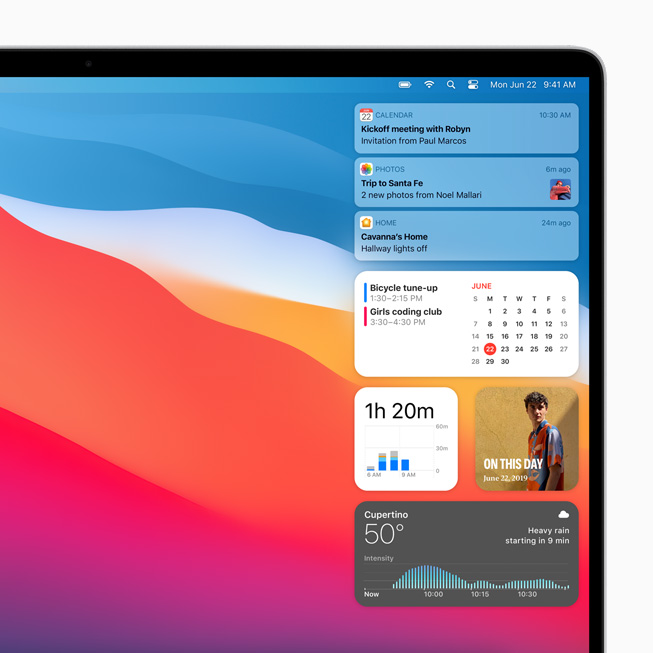A Trojan Horse, in the computer world, is a potentially devastating type of malware that disguises itself as something desirable in order to be installed or downloaded onto a computer system. Once the Trojan program has been installed, it goes to work with its true purpose, executing malicious activities that greatly compromise the overall security of the system. If your Mac has been infected by a Trojan Horse, the program could do any number of things to the system—from initiating the installation of other viruses or malware programs, to giving a hacker complete remote control of your system.
Mac Operating System Mac OS X Lion Item Weight 27.6 pounds Product Dimensions 22.2 x 9.3 x 25.5 inches Item Dimensions LxWxH 22.2 x 9.3 x 25.5 inches Color White Rear Webcam Resolution 1 MP Processor Brand Intel Processor Count 1 Computer Memory Type DDR3 SDRAM Flash Memory Size 4 GB Hard Drive Interface Serial ATA Hard Drive Rotational Speed. Shop Apple 21.5' iMac® All-In-One Intel Core i5 16GB Memory 1TB Hard Drive Silver at Best Buy. Find low everyday prices and buy online for delivery or in-store pick-up. Ld #33 super useless knight mac os. Price Match Guarantee. Nokia's history dates from 1865, when Finnish-Swede mining engineer Fredrik Idestam established a pulp mill near the town of Tampere, Finland (then in the Russian Empire).A second pulp mill was opened in 1868 near the neighboring town of Nokia, offering better hydropower resources. Shop Apple 21.5' iMac® Intel Core i5 (1.6GHz) 8GB Memory 1TB Hard Drive Silver at Best Buy. Find low everyday prices and buy online for delivery or in-store pick-up. Price Match Guarantee. Mac OS X & macOS names. As you can see from the list above, with the exception of the first OS X beta, all versions of the Mac operating system from 2001 to 2012 were all named after big cats.
Needless to say, a Trojan Horse is bad news for both you and your computer. But what can you do to avoid this type of malware and the headache it brings, or to detect and delete it from your Mac once you have been infected? Read on to learn more about this particularly malicious type of malware.The Root of the 'Trojan Horse' Name
During the Trojan War, after a lengthy siege of Troy, the Greeks decided to try to trick their enemies in order to get inside the seemingly impregnable walls of the city. Pretending to sail away in defeat, the Greeks constructed a giant horse and secretly hid soldiers inside. The Trojans, thinking themselves victorious in the war, pulled the horse inside the walls of Troy as a trophy of their triumph. At nightfall, the host of Greek soldiers hiding in the horse emerged and opened the gates of Troy, letting the rest of their army into the city, catching the Trojans off guard, slaughtering the Trojan army, and winning the war.Trojan Horse programs use the same basic concept as the Greeks did to get inside Troy. These programs work by tricking a computer user into willfully downloading and running a disguised piece of malware, which activates malicious processes on your computer once it has been installed. The Trojan can be disguised as anything you might want to download, from a music or video file on a torrent site, to a third-party program. In other words, the best way to avoid a Trojan Horse is to be careful about what you are downloading and where you are downloading it from. Don't click links from people or websites you don't trust, download your software from the Mac App Store instead of from the internet, and avoid torrent sites and other P2P download networks.Trojans on Mac: Do You Need to Worry?
While Trojan Horses are nowhere near as common for Mac OS X as they are for Microsoft Windows, that doesn't mean Mac users never have to deal with these kinds of covert attacks. On the contrary, back in 2012, a Mac-based Trojan called 'Flashback' made a bunch of headlines—including this Mashable article, which claimed that over 600,000 Mac computers had been infected. In that case, the Trojan disguised itself as an installer for the Adobe Flash Player. Once implemented on a Mac machine, the Flashback Trojan would go to work searching the computer for passwords and personal information.Deal Them 21 Mac Os X
The good news in the case of Flashback is that Apple was quick to solve the problem. Shortly after the Trojan Horse was discovered, Apple released a software update with a security patch that specifically prevented the Trojan from activating its malicious processes. In other words, users could protect themselves from the Trojan or cure the issue by simply staying on top of all OS X software updates. Users should take this story as a lesson to always install updates promptly when they become available, as doing so may be the easiest and best way to take care of any past or future Mac Trojan problems.Other Types of Trojan Horses
While the Flashback Trojan was used for password and data theft, that use is just one of the many applications for which hackers have written Trojan Horse programs over the years. Trojans can also crash your computer, corrupt your files, connect with and infect other computers or devices on your network, hold your computer ransom and demand that you pay a fee to 'unlock' your files, watch what you are doing on your screen, log your keystrokes, access your webcam, or install any other type of malware on the system—just to name a few possible effects of infection.

